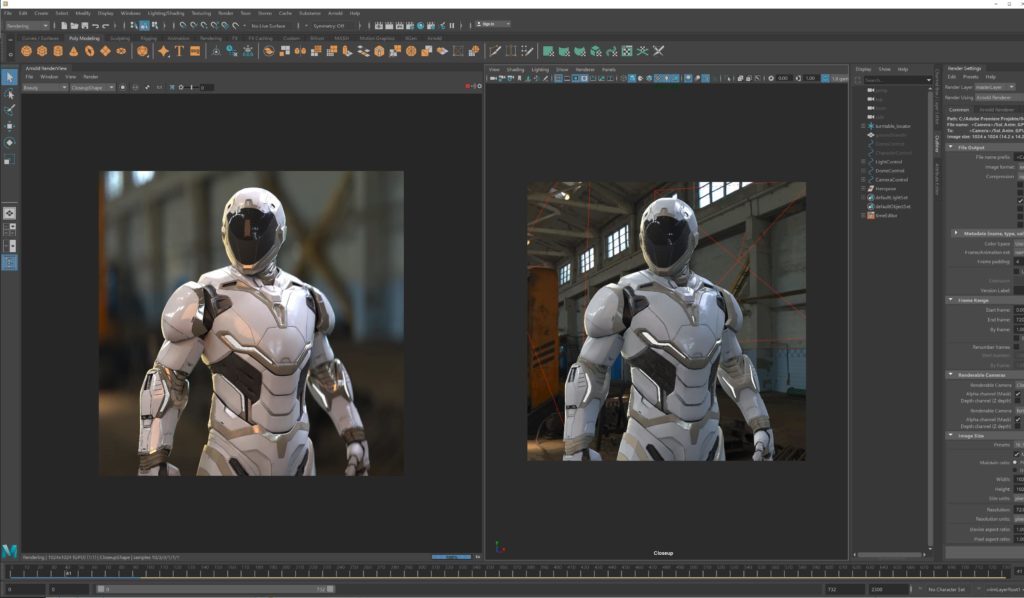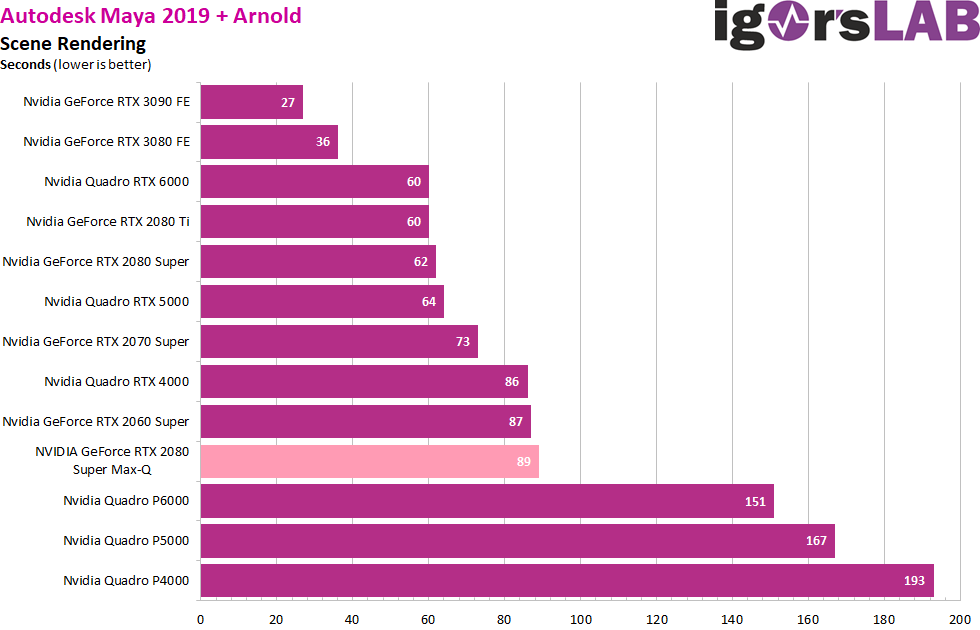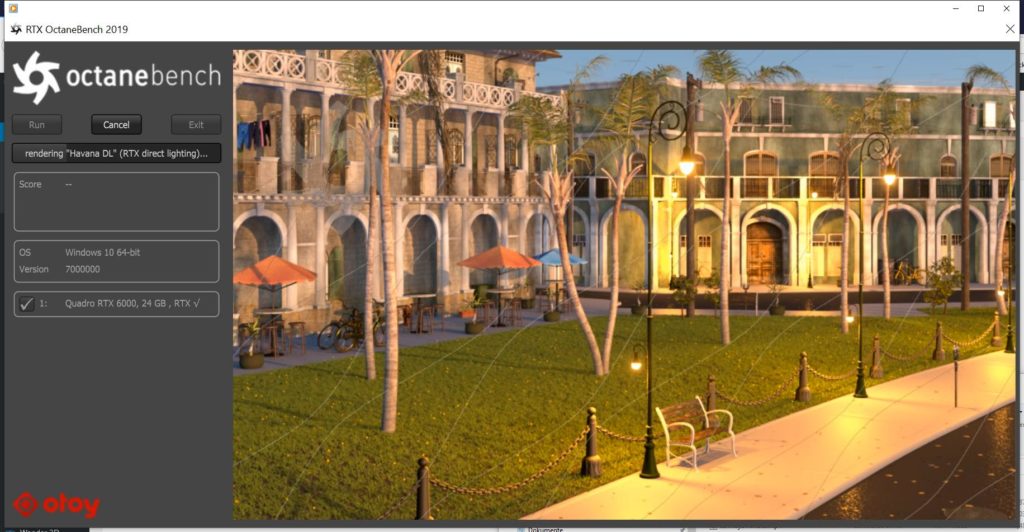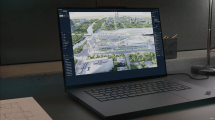Autodesk Maya 2019 and Arnold Render
Now it’s getting really interesting, because Arnold is the latest raytracing renderer from Autodesk, designed to meet the needs of feature-length animation and visual effects. Arnold is used in over 300 studios worldwide, including ILM, Framestore, MPC, The Mill and Digic Pictures and others. Arnold has also been the primary renderer on dozens of movies, from Monster House and Cloudy with a Chance of Meatballs to Pacific Rim and Gravity, and is available as a stand-alone renderer for Linux, Windows and Mac OS X and as a plug-in for Maya, 3ds Max, Houdini, Cinema 4D and Katana.
By combining fast RTX-accelerated rendering with OptiX and GPU-accelerated AI denoising (denoising filter), fast iteration through changes in materials, lighting, camera position and environment is also possible and the effects are visible with lightning fast updates. The OptiX denoiser is integrated in Arnold for use with IPR and Look Dev and can be applied to any AOV. The performance of the AI denoiser in the editing phase is strikingly high, but it is recommended to use the Arnold denoiser in the final rendering to avoid sporadic flickering. But I don’t think anyone will ever think of rendering the finished film on a notebook. Not yet.
You can see the advantage of the RTX cards compared to the older Pascal models very clearly, because the slowest Turing RTX is still almost twice as fast as the older Pascal flagship. That’s something you have to manage first.
The bottom line is that the notebook’s performance is as expected, but you also have to state that even the older battleships like a Quadro P6000 are extremely declassed by the use of OptiX alone, and the CPU also takes a back seat.
Octaneebench
Octanebench is based on Octane from OTOY, an independent GPU renderer. This Octane level version provides experimental support for NVIDIA’s RTX hardware acceleration. The benchmark is in constant development, but was released by OTOY some time ago to give users a preview of the performance improvements possible with RTX acceleration. The benchmark renders the scene once with and once without RTX acceleration and provides a benchmark score for each method along with the improvement achieved with RTX acceleration.
Due to the benchmark design, I deliberately left out some cards for this, because the test either doesn’t run at all (OpenCL), or hardly makes any sense (Quadro Pascal). Because of the better comparability (also to the older cards), I deliberately rely on the last version from 2019. The notebook is still faster than, for example, a Quadro P6000 with more than twice the power consumption with CUDA and almost 90 watts of use.
- 1 - Einführung und Übersicht
- 2 - Adobe Premiere CC 2020
- 3 - Black Magic Design DaVinci Resolve 16
- 4 - Adobe Lightroom Classic (2020)
- 5 - Autodesk Maya 2019 + Arnold, Octanebench
- 6 - Blender RTX mit Optix, CUDA und OpenCL
- 7 - 3ds Max und Inventor Pro
- 8 - Various CAD and Science Applications
- 9 - Windows Oberfläche, Zusammenfassung und Fazit




































Kommentieren